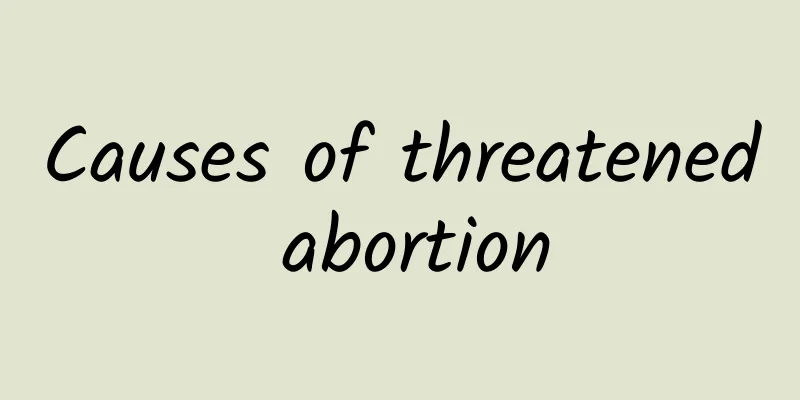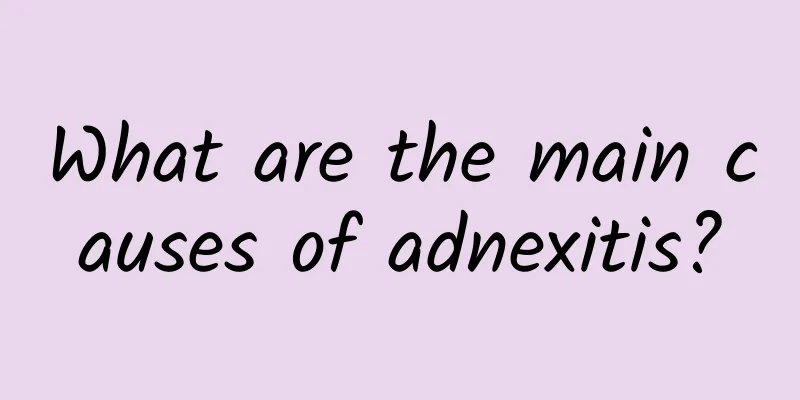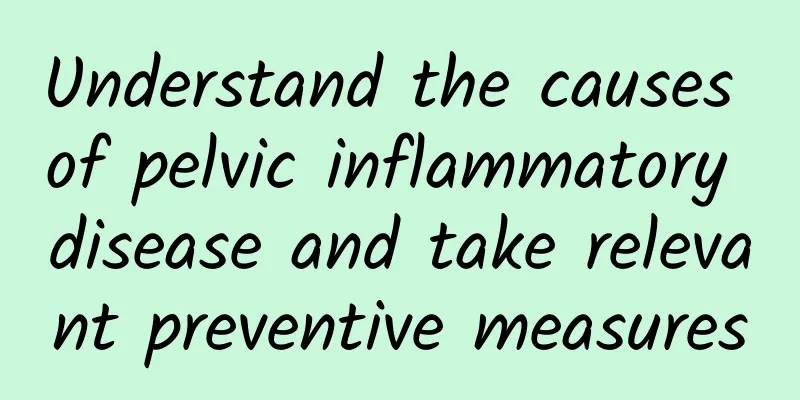What is functional uterine bleeding?

|
Dysfunctional uterine bleeding is abnormal uterine bleeding caused by endocrine disorders, which is common in adolescent and menopausal women and manifests as irregular menstrual cycles, excessive menstrual flow or prolonged menstrual duration. Treatment includes medication, lifestyle adjustments and surgical intervention when necessary. 1. Endocrine disorders are the main cause of functional uterine bleeding. Adolescent women have immature hypothalamus-pituitary-ovarian axis and unstable hormone secretion, which can easily lead to menstrual disorders. Menopausal women have ovarian dysfunction and fluctuating estrogen levels, which can cause irregular bleeding. Stress, mood swings, weight changes, etc. can also affect hormone balance and lead to functional uterine bleeding. 2. Drug treatment is the main method for functional uterine bleeding. Hormonal drugs such as oral contraceptives, progesterone and estrogen can regulate the menstrual cycle and reduce bleeding. Non-hormonal drugs such as hemostatic drugs tranexamic acid and antifibrinolytic drugs can also effectively control bleeding. Traditional Chinese medicine conditioning such as angelica, white peony root, and Rehmannia root can also help improve symptoms. 3. Lifestyle adjustment is crucial for the management of functional uterine bleeding. Maintaining a regular schedule and avoiding excessive fatigue and mental stress can help maintain hormone balance. In terms of diet, increase iron-rich foods such as red meat, spinach, and beans to prevent anemia. Moderate exercise such as yoga and walking can promote blood circulation and relieve symptoms. 4. Surgical treatment is suitable for patients who are ineffective with drug treatment or have severe bleeding. Endometrial resection reduces bleeding by removing part of the endometrium. Uterine artery embolization controls bleeding by blocking blood flow in the uterine artery. Hysterectomy is the last choice and is suitable for patients who have no fertility needs and severe symptoms. Although functional uterine bleeding is not life-threatening, it seriously affects the quality of life. Timely medical treatment, identification of the cause, and appropriate treatment measures can effectively control symptoms and restore normal life. Maintaining good living habits and paying attention to one's own health are the keys to preventing and managing functional uterine bleeding. |
<<: Can I still get pregnant normally after conservative treatment of ectopic pregnancy?
>>: Causes of bleeding in urine after menopause
Recommend
Is chicken breast a must-eat for weight loss? 3 health benefits of chicken breast, 4 steps to cook it to make it delicious and not dry
Chicken breast, which is low in fat and high in p...
What are the symptoms of adenomyosis in gynecology
Adenomyosis is mostly diffuse. Due to unclear bou...
A 57-year-old woman in Guangdong massaged her private parts. After a year of persistence, the results of her physical examination made the doctor envious.
In Guangdong, there is a woman named Aunt Li, who...
Do you know the dangers of cervical hypertrophy?
Do you know the dangers of cervical hypertrophy? ...
【Video version】Lose weight following your menstrual cycle! Eat beef and kelp to get a lean body
A girl's menstrual cycle is divided into four...
Here are the examination items for irregular menstruation
What are the examinations for irregular menstruat...
What are the causes of irregular menstruation in women? Find the methods to regulate irregular menstruation here
Irregular menstruation may be caused by iron defi...
A must-have for weight loss! Eating konjac and agar is very satisfying
You know you need to eat less to lose weight, but...
Do pregnant women have to take a lot of supplements? 6 nutritional principles for early pregnancy, 3 dietary taboos to pay attention to
During the pregnancy process, the pregnant mother...
Lower abdominal pain may be a manifestation of chronic cervicitis
Many female friends have symptoms of lower abdomi...
Symptoms of congenital absence of vagina
Most female patients with congenital absence of v...
How to treat cholecystitis in children
The treatment of pediatric cholecystitis requires...
What should I do if I have uterine fibroids? What are the dietary treatments for uterine fibroids?
Uterine fibroids are common conscientious tumors ...
What are the symptoms of cervicitis
Cervicitis is one of the common gynecological dis...
Prevent vulvar leukoplakia from progressing to a serious level and turning into cancer
Since vulvar leukoplakia is very harmful to women...









